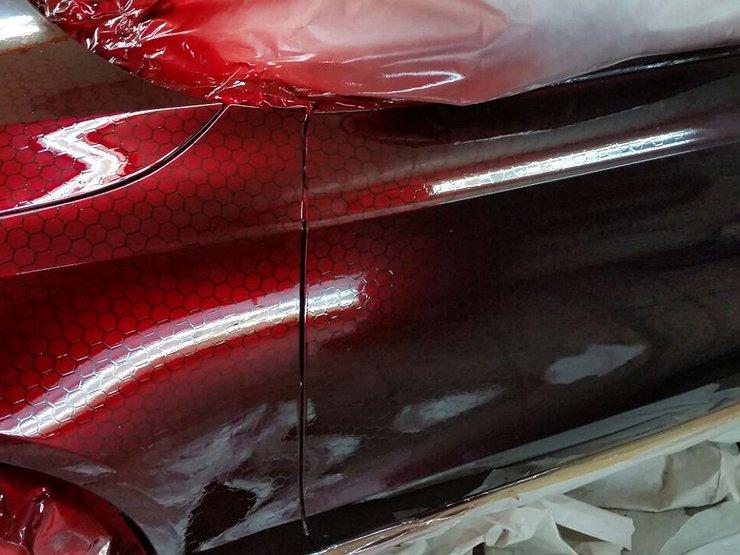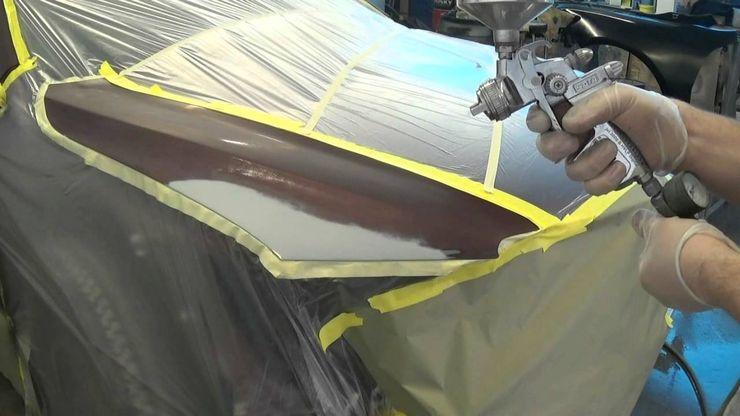
What is the secret of painting a car with a "transition"
A car, whether it is in the garage or on the street, fades and fades from time to time. Therefore, each new scratch is a lottery. The paint must be selected not according to the VIN code, but according to “reality”, by removing the gas tank hatch. But in this case, it does not always work. However, there is a little trick - to paint with a transition. Read more on the AutoVzglyad portal.
A scratch on a wing or bumper does not surprise anyone - traces of operation that sooner or later will appear on any, even carefully stored car. Do not drive and keep the car in a perfect garage? Someone will climb for a bicycle or cans, drop a screwdriver and still damage the paintwork. It takes a long time to paint a part, it is expensive, and only every fifth master gets into color. Alas and ah.
But there is a solution that allows you to level the trouble that has arisen with “little blood” - paint with a transition. This business requires skill and dexterity, but if successful, there will be no trace of a scratch, and the body will be “in its original paint”. Cunning is based on two elephants: sleight of hand and the right materials. We immediately leave the first out of the brackets: an experienced car owner either knows the phone you need a specialist, or finds it using the handshake method. But the second point is extremely interesting.
The fact is that for painting with a transition it is not enough to pick up a “base”, carefully putty and paint with “hands”. Here you need a set of special materials that are created specifically for local repairs without repainting the entire part. Firstly, you need to hide the junction of the "fresh" color and the "native" paintwork. For these purposes, there is a special composition - a binder or a means for tinting the base. It is applied in a thin layer along the border before applying the first coat of paint. Next, dry, put the second layer of the "base", dry again and proceed to the varnish.

Everything is traditional with the first “pass”, but we will prepare for the second: we will first apply a means for transitioning over the varnish, and only then repeat the varnish. After polishing, an experienced eye will definitely see the place of "magic". But as soon as one night passes, the repair mysteriously “merges” with the native color of the part and disappears completely. Simply put, a person who does not know where the damage is will find it only by scientific poke. And nothing else.
First, it is an extremely economical approach, both in terms of materials and time. Judge for yourself: instead of completely cleaning, matting, painting and varnishing, you need to work out only a small segment. How many costly materials by today's standards can be saved? Secondly, subject to all conditions and requirements, an experienced craftsman will complete the work in a couple of hours. Read, they took it in the morning and paid in the evening. The car owner will spend only one day without a car, and the painter will be able to take a new order tomorrow. Double benefit!
There are no ideal solutions, and transition painting also has its drawbacks: you still need to look for a specialist who can handle this task. The painter should have a camera, because the materials dry at a temperature of 20 degrees without drops. It is necessary not to make a mistake with puttying and subsequent polishing. But if a person knows how to paint with a transition, then he will not only do the job quickly, but will also retain the lion's share of the "native", factory paintwork. And it costs a lot to sell.

